Our picks for books, videos, websites, and other social justice resources: Fall 2021, Volume 36.1
Curriculum
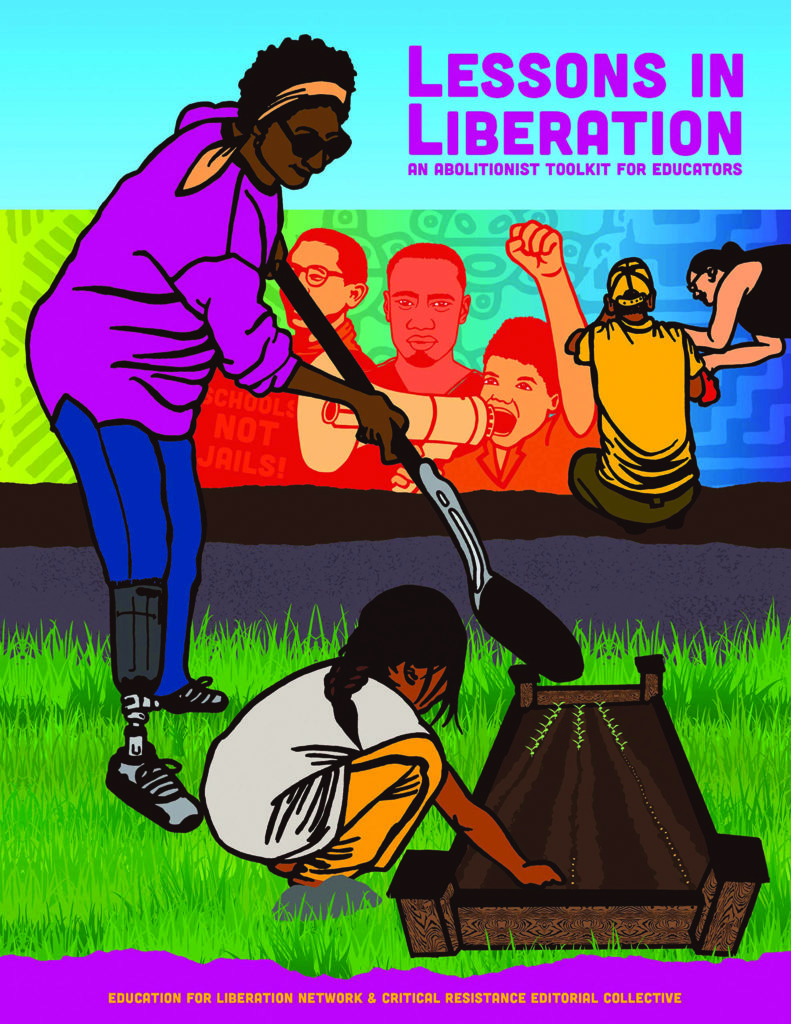
Lessons in Liberation successfully sets out to answer a critical question: What does abolitionist education look like in practice? Lessons in Liberation pulls together a stunning mix of background articles and teaching ideas, all aimed at being useful for educators and community activists interested in doing the work of abolitionist education. The book is broken down into three main sections that focus on understanding abolitionist education, how to put it into practice, and, importantly, how to work on building healing spaces. As the struggle over racial justice in the curriculum rages in our schools, Lessons in Liberation is a beautiful and timely resource for justice-oriented educators.
***
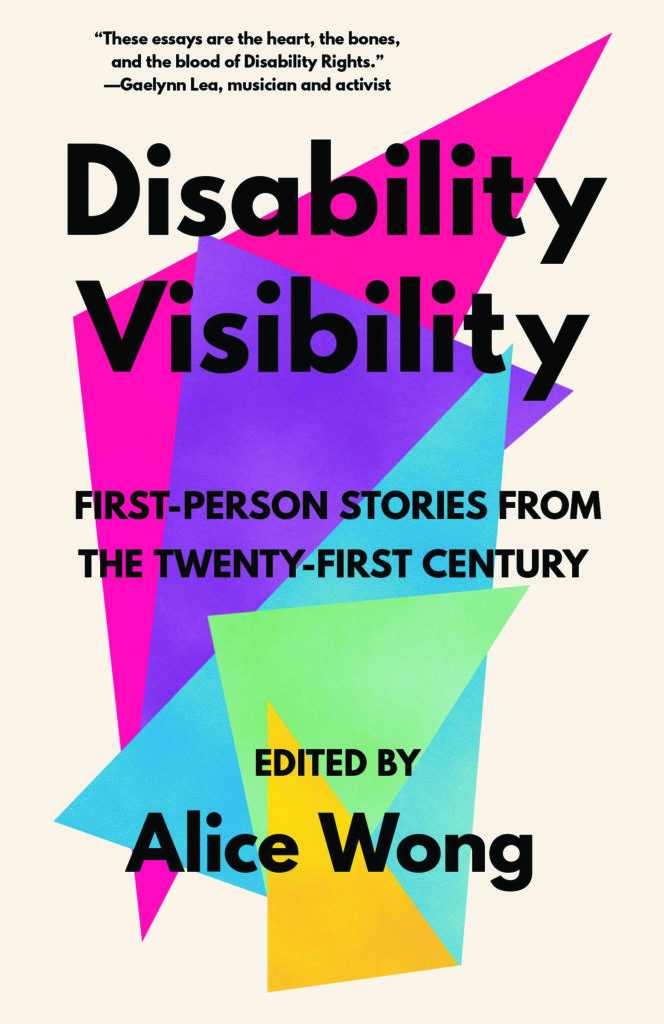
Disability Visibility podcast
Host: Alice Wong
disabilityvisibilityproject.com/podcast
With roots in her work with the Disability Visibility Project, which aims to create and amplify disability stories and culture, Alice Wong’s collection of 37 essays by disabled writers is beautiful and galvanizing. Disability Visibility offers readers rich, vulnerable, and complex perspectives centered in the lived experiences of people with a variety of disabilities and intersectional identities. As Wong writes in the introduction, “These stories do not seek to explain the meaning of disability or to inspire or elicit empathy. Rather, they show disabled people simply being in our own words, by our own accounts.” Many of the essays could be woven into existing middle and high school curricula — from “How a Blind Astronomer Found a Way to Hear the Stars” to “There’s a Mathematical Equation that Proves I’m Ugly: Or So I Learned in My Seventh-Grade Art Class” to “Radical Visibility: A Disabled Queer Clothing Reform Movement Manifesto.” The essays in this book — and the conversations that are a part of the Disability Visibility podcast Wong hosts — have the power to transform our teaching, and how we see and understand disability, ableism, activism, and the world.
***
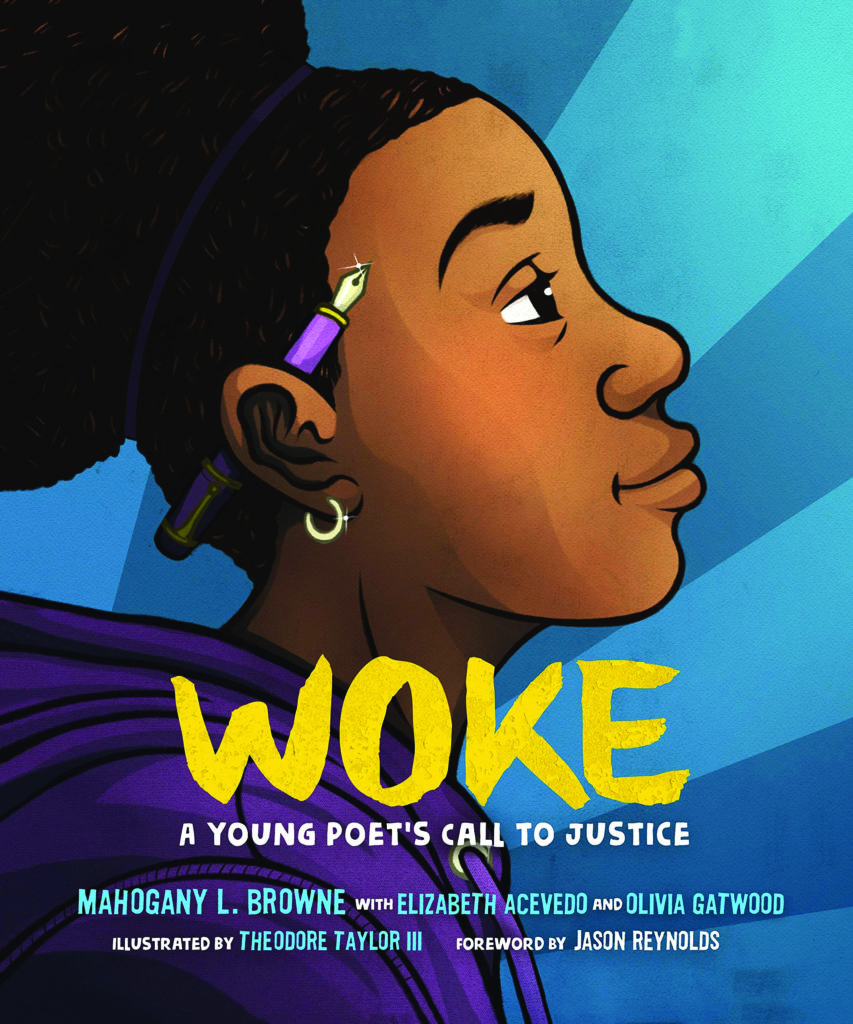
Poems in this collection touch on complex topics to offer paths toward justice and activism, beginning with the poetic foreword grounded in the refrain “talk back,” by Jason Reynolds. For example, in “Amari Explains a Frown to Her Little Brother,” Mahogany Browne debates how to talk about racial profiling, or “what it means when someone doesn’t like you/ without ever saying hello.” In “In Between, There Is Light,” Olivia Gatwood invites readers to inclusivity and also challenges white supremacy: “Sometimes, the world wants one color of the rainbow/ to be louder than the rest, stronger/ than the rest, bigger than the rest. Do you know what I tell them?/ I say, “Look up, into the sky, do you see it? Look how/ perfect it is as a whole.” Suggested for ages 8 to 12, this thoughtfully illustrated book could also be used to vision justice with younger or older students.
***
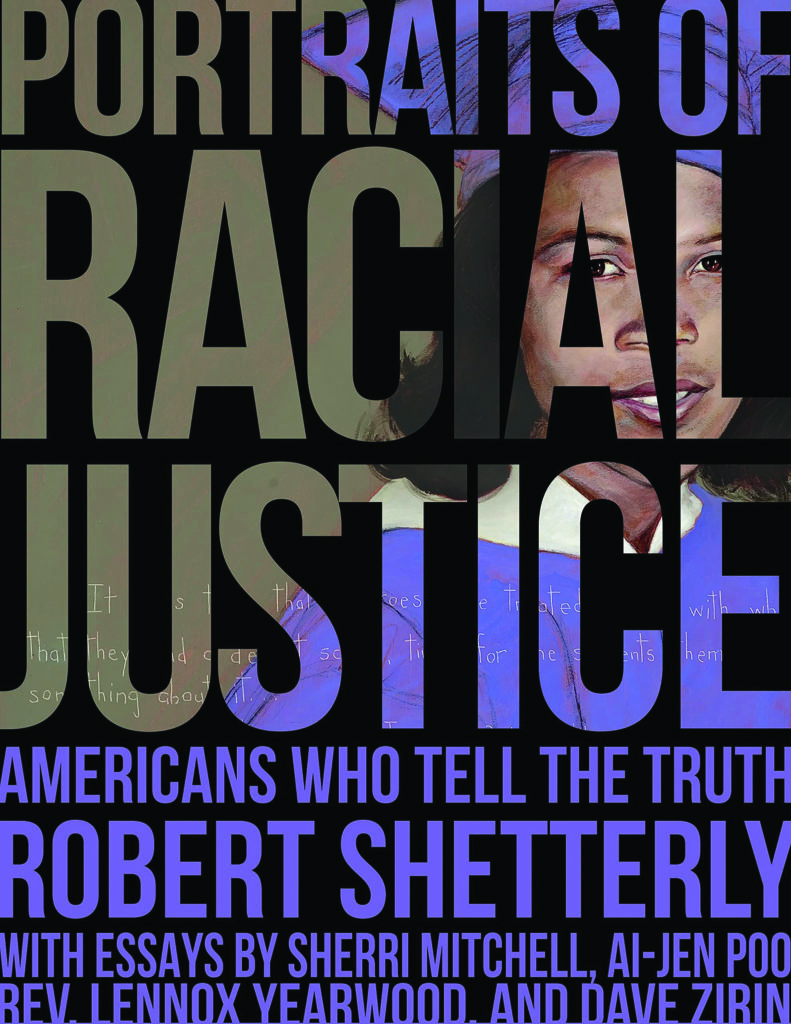
In his preface to Portraits of Racial Justice, Robert Shetterly describes his new volume as “an art book, a history book, a curriculum, a manifesto. It is a community of people unafraid to name the failures of this country and the injustices of power that benefit from those failures. These truth-tellers define the way forward.” Shetterly’s magnificent portraits, along with his compelling biographical sketches, invite young people to join the current of conscience that flows through U.S. history. How can one not feel hope when surrounded by these defiant activists — painted by Shetterly with love and respect. Ella Baker, Muhammad Ali, Rosa Parks, Ai-Jen Poo, Fannie Lou Hamer, Frederick Douglass, The Rev. Dr. William J. Barber II, John Brown, Ida B. Wells, Bob Moses (whose portrait by Shetterly appears in this issue on p. 8), and so many more: These are our moral ancestors. Shetterly calls his portraits “songs of justice.” This book is a gift to educators; it belongs in every classroom in the United States.
***
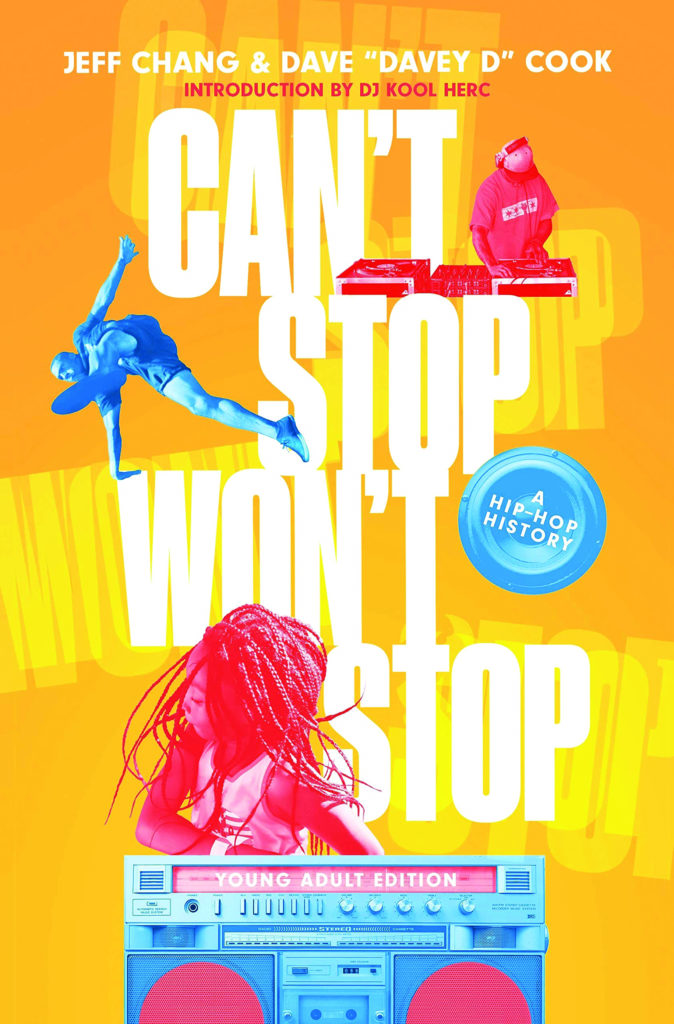
The new young adult edition of Can’t Stop Won’t Stop is an essential guide for not only understanding hip-hop music and culture, but also a critical analysis of the last few decades of U.S. history. This seminal account of music and culture situates the rebellion of hip-hop as a reaction to the neoliberal economic and social order that snuffed out the great social movements of the 1960s and ’70s. Detailing hip-hop’s rise to global prominence — with attention to race, class, and gender — Chang and Davey D explain how young people — especially BIPOC youth — over generations have utilized the culture to express themselves and articulate their needs in a country that has abandoned and denigrated them. As Chang and Davey D write: “Hip-hop had started out as a pastime for the neighborhood kids that society forgot, a way for them to enjoy themselves and turn their energies from the destructive to creative purposes, from dangerous gang warfare, to styles wars. . . .”
***
Picture Books
For All/Para Todos
Written by Alejandra Domenzain
Illustrated by Katherine Loh
Translated by Irene Prieto de Coogan
(Hard Ball Press, 2021)
46 pp.
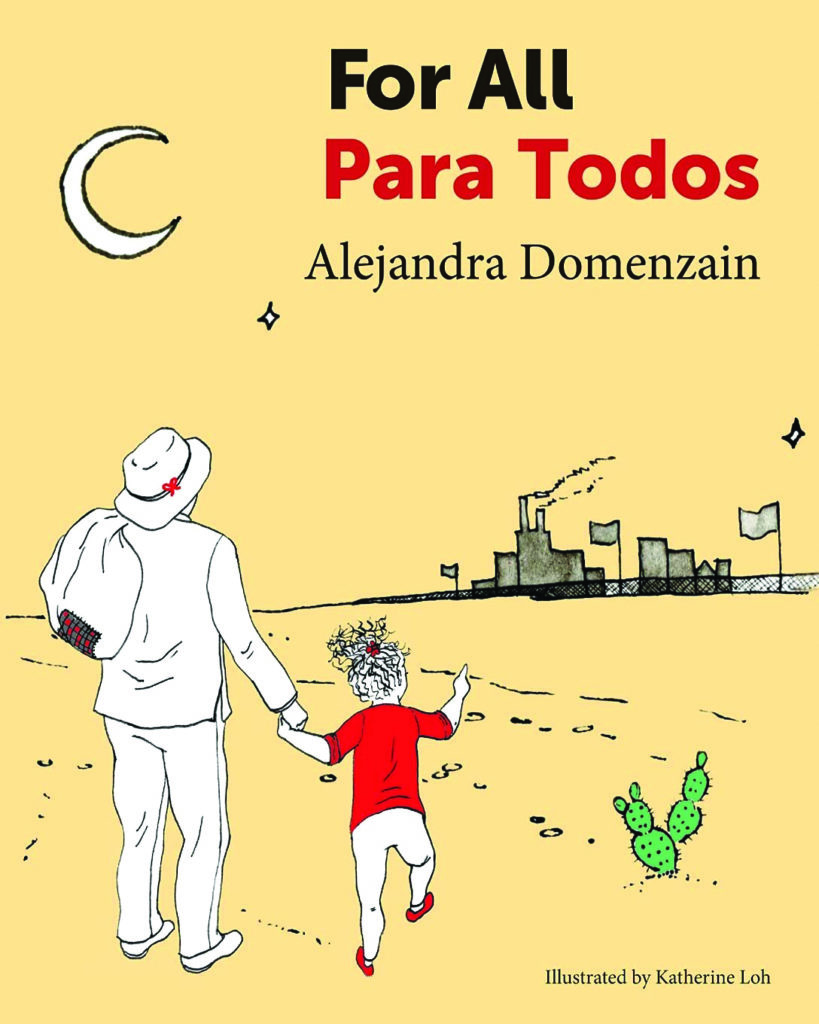
This bilingual, poetic picture book tells the story of Flor and her father who come to the United States as undocumented immigrants from Mexico. Told that it was the “land for all,” Flor is disheartened when she faces discrimination at school and her father works day and night for little pay. A teacher suggests that Flor make these conditions visible by collecting immigrant stories from all over town and advocating for immigrant and worker rights. Flor speaks out on television to amplify immigrant narratives, despite the fear of being silenced and deported. For All/Para Todos is a valuable book to read aloud and discuss as a class.
***
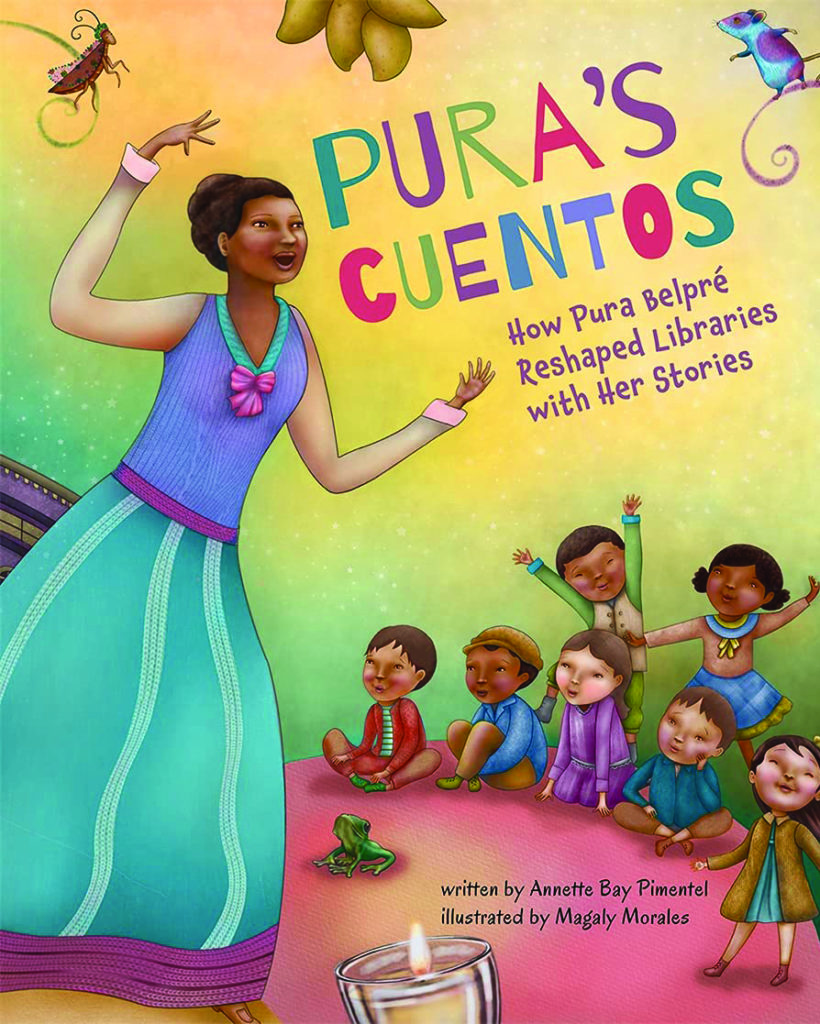
Pura Belpré grew up listening to her abuela’s cuentos and held them close when she moved to Harlem as an adult. When Belpré is hired as the first Puerto Rican librarian in New York City, she discovers that the stories she knew and loved were nowhere on bookshelves. Driven by the knowledge that “Not all the stories worth telling are in books,” Belpré decides to break the library rule that she must read only from books to children at story time, and instead performs her abuela’s cuento of how Pérez the mouse asks Martina the cockroach to marry him. Belpré also realized that the Spanish-speaking neighborhood children are missing from the library and invites them in to listen to stories in Spanish and English and to fill their arms with books. Pura’s Cuentos introduces young readers to a groundbreaking librarian in U.S. history and to the power of storytelling.
***
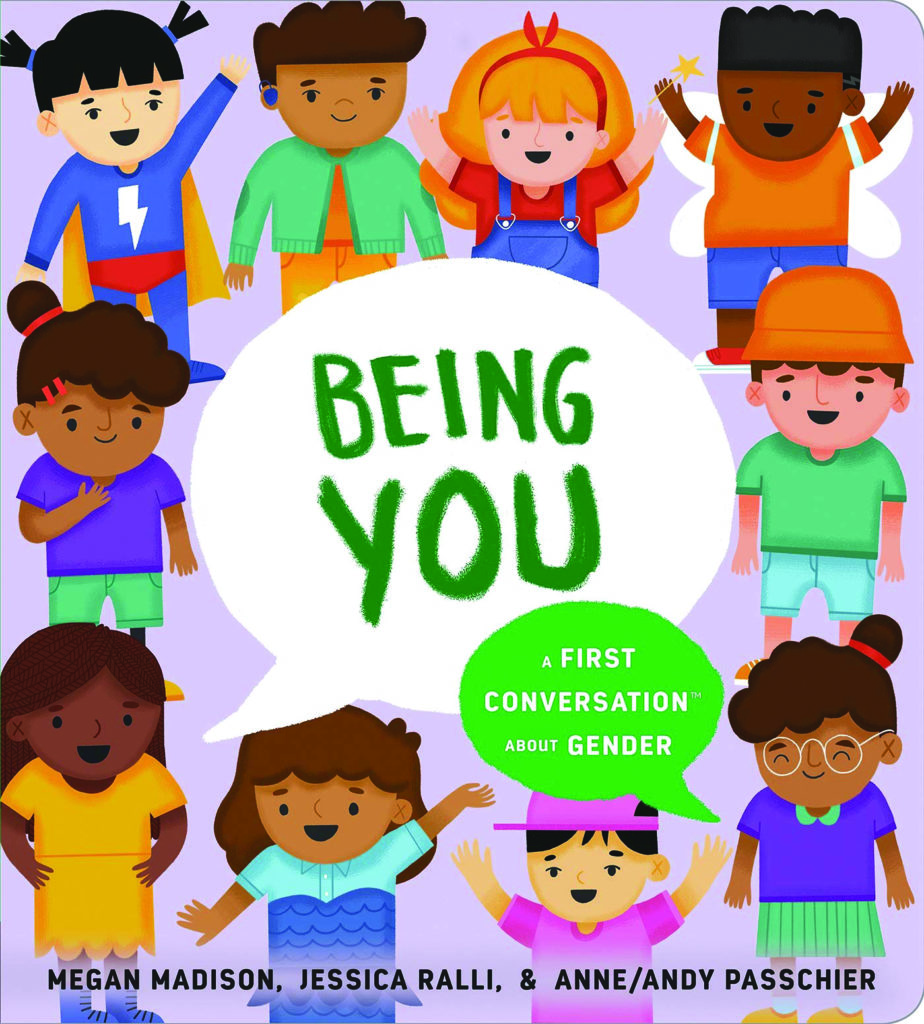
This board book can help adults initiate conversations with young children about gender as it pertains to body parts, pronouns, feminism, consent, and more. When new concepts are introduced, questions at the bottom of the page prompt children to think about what was shared in more depth and to apply that information to their own lives. The book also teaches adults and children how to create more gender-inclusive spaces. Illustrations span diverse groups of adults and children across gender, racial and ethnic background, ability, sexuality, and religion, giving representation to all kinds of readers. Being You models how to encourage children to question things that seem unfair, to be vocal about their feelings, and to work with others to make the world better for everyone, because “being yourself” makes the world a beautiful place.
***
Policy
What We Don’t Talk About When We Talk About Fat
By Aubrey Gordon
(Beacon Press, 2020)
197 pp.
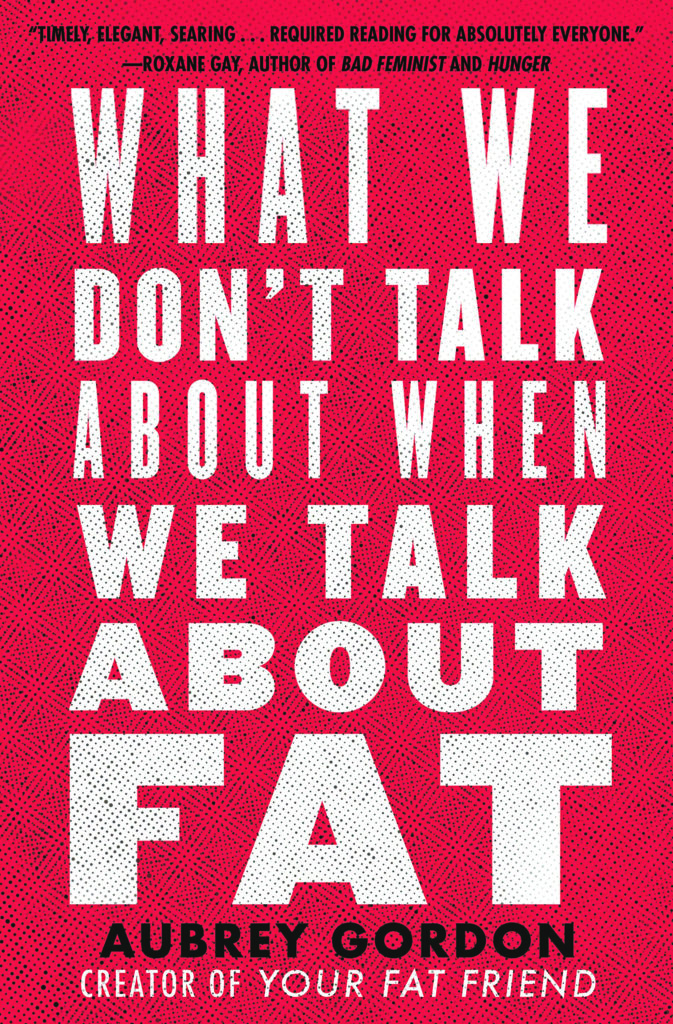
Aubrey Gordon’s What We Don’t Talk About When We Talk About Fat is part memoir (the first sentence is “I have always been fat”), part journalistic debunking of terms like “BMI” and “obesity epidemic,” and part call to action. It is also essential reading for educators seeking to create social justice classrooms and schools. Gordon’s book is painful and damning, revealing the way in which even the most “progressive” among us can advance deeply harmful anti-fatness shrouded in discourses of concern. This book will be most obviously applicable to teachers whose curricula includes health education, where anti-fatness is ubiquitous in units on healthy eating, exercise, eating disorders, and “obesity prevention.” Here, Gordon implores us to “center fat people’s humanity in our cruel and ceaseless conversations about fat bodies,” warning that this requires more than “body positivity.” Gordon is calling for “fat justice.” She writes, “We can build a world that doesn’t assume fat people are failed thin people, or that thin people are categorically healthy and virtuous. We can build a world that conspires against eating disorders and body dysmorphia, working toward more safety for eating disorder survivors of all sizes. We can build a world in which fat bodies are valued and supported just as much as thin ones.”
***
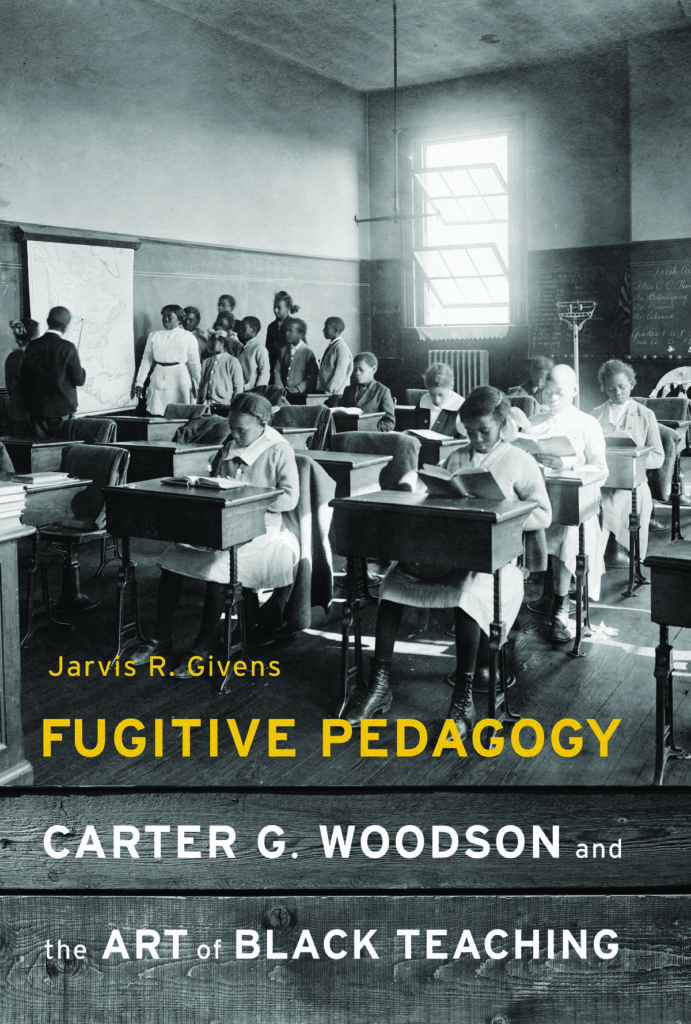
“Black Education was a fugitive project from its inception — outlawed and defined as a criminal act regarding the slave population in the Southern states and, at times, too, an object of suspicion and violent resistance in the North.” So Jarvis Givens introduces his masterful work, Fugitive Pedagogy: Carter G. Woodson and the Art of Black Teaching. Givens’ work details the long assault on Black education from enslavement through the life of one of the founders of the Black studies tradition, Carter G. Woodson. Givens writes: “Antiliteracy laws targeting Black people were older than the United States itself. The first law of this kind was a slave code enacted in 1740 in reaction to the Stono Slave Rebellion of 1739 in South Carolina.”
Givens describes the “intellectual surveillance” of Black people that has always been part of U.S. education and the paranoia that white supremacists have had about Black education. He underscores this point by quoting the great abolitionist Frederick Douglass’ enslaver who said that a slave who learned to read and write against the will of his master was tantamount to “running away with himself.” Givens recounts the role of Carter G. Woodson, who wrote textbooks to counter white supremacist lies about Black history; founded Negro history week, which later became Black History Month; and wrote one of the key texts in the Black studies tradition, The Mis-Education of the Negro.
The current assault on critical race theory and anti-racist pedagogy is unintelligible without the insights offered in Fugitive Pedagogy and Givens’ inspirational stories of Black educators who faced down intellectual abuse and violence to create curriculums that were “a literary genre inaugurated by runaway slaves . . . Black curricular imaginations of the post-Emancipation era . . . informed by a fugitive literary culture with antebellum roots.”
